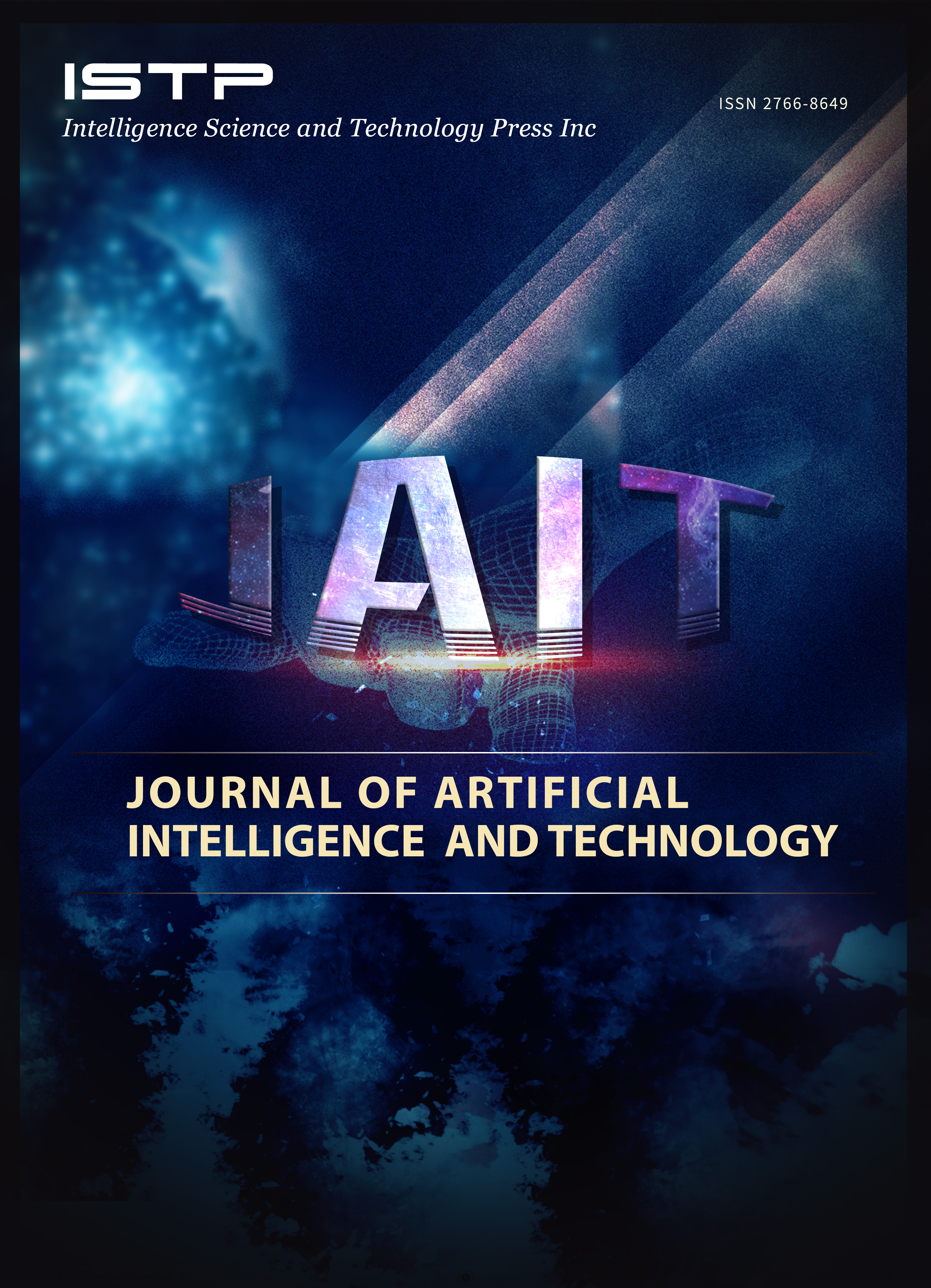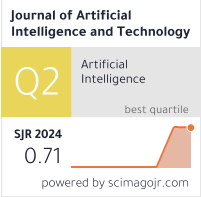Emotion Detection Using Machine Learning: A Study on Human Computer Interaction
DOI:
https://doi.org/10.37965/jait.2025.0708Keywords:
emotions, human computer interaction, K-nearest neighbor, machine learning, naive bayesAbstract
Emotion is a psychological state of mind that is closely related to various sensations, such as happiness, excitement, neutrality, anger, and frustration. In the modern technological era, emotions play a crucial role in understanding human behavior and motivations. They also have a significant impact on human-computer interactions. If machines can understand human emotions, it would be a remarkable advancement in natural language processing, particularly in the domain of sentiment analysis. Humans experience a wide range of emotions that can change over time. If machines could interpret these emotions and adapt their interactions accordingly, it would greatly enhance the ease and effectiveness of communication between humans and machines. In our study, we employed intelligent algorithms from the field of artificial intelligence, including Naïve Bayes and K-Nearest Neighbor, to interpret human emotions. We utilized speech datasets in the form of audio, sourced from the IEMOCAP database. These algorithms demonstrated the ability to recognize and interpret various emotional states, such as anger, happiness, neutrality, frustration, excitement, and sadness.
Published
How to Cite
Issue
Section
License
Copyright (c) 2025 Authors

This work is licensed under a Creative Commons Attribution 4.0 International License.





